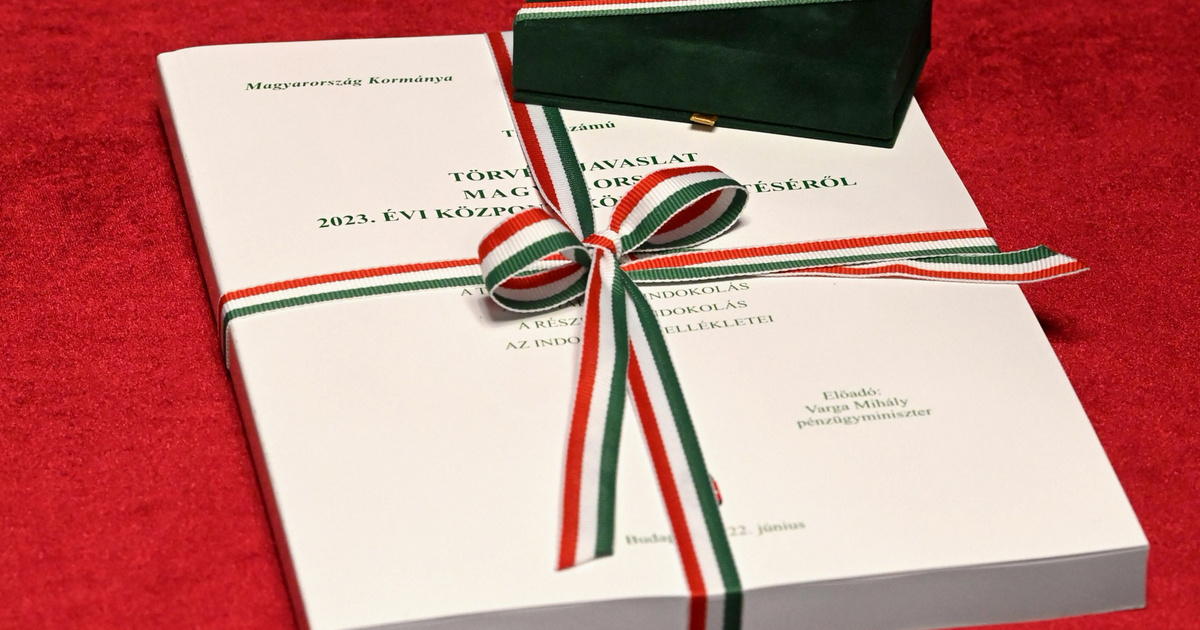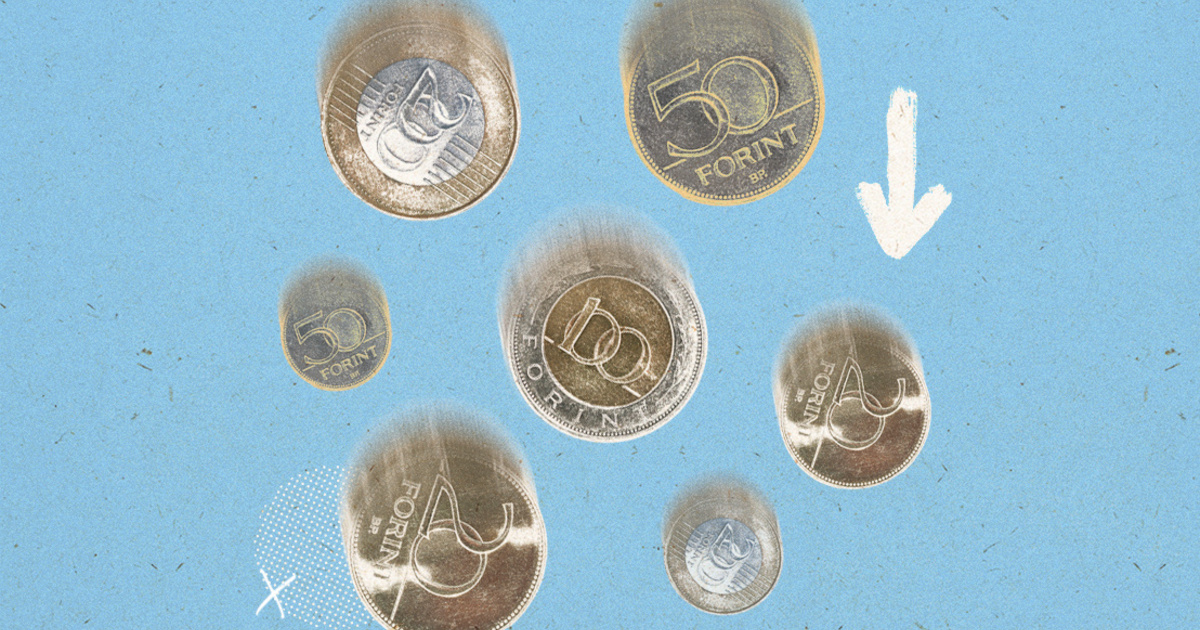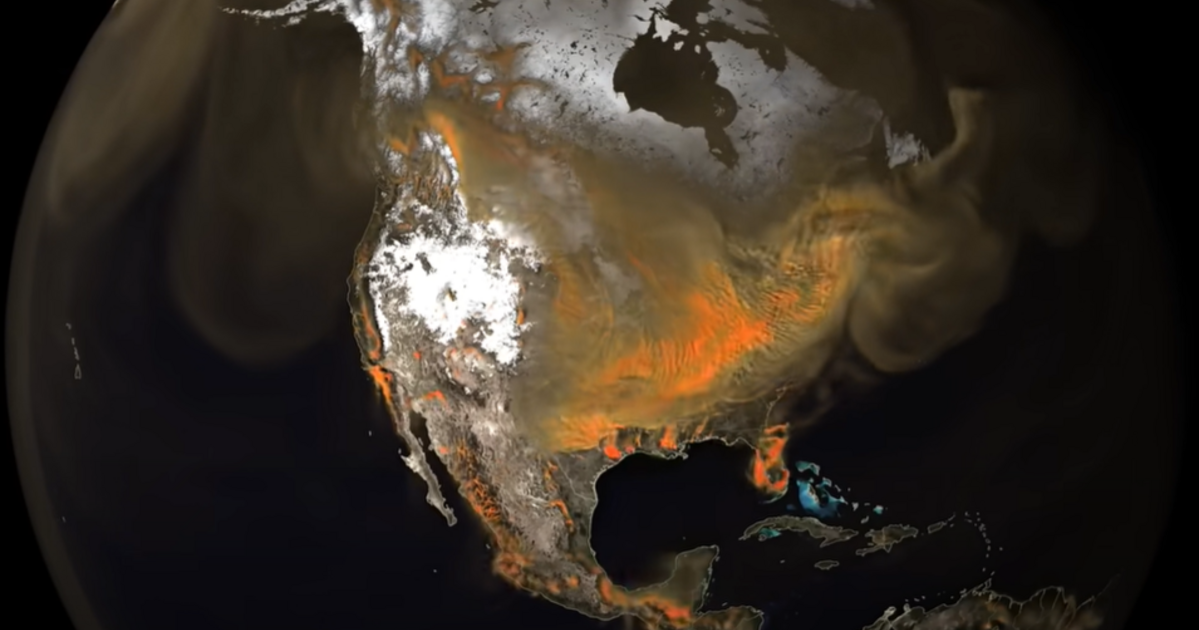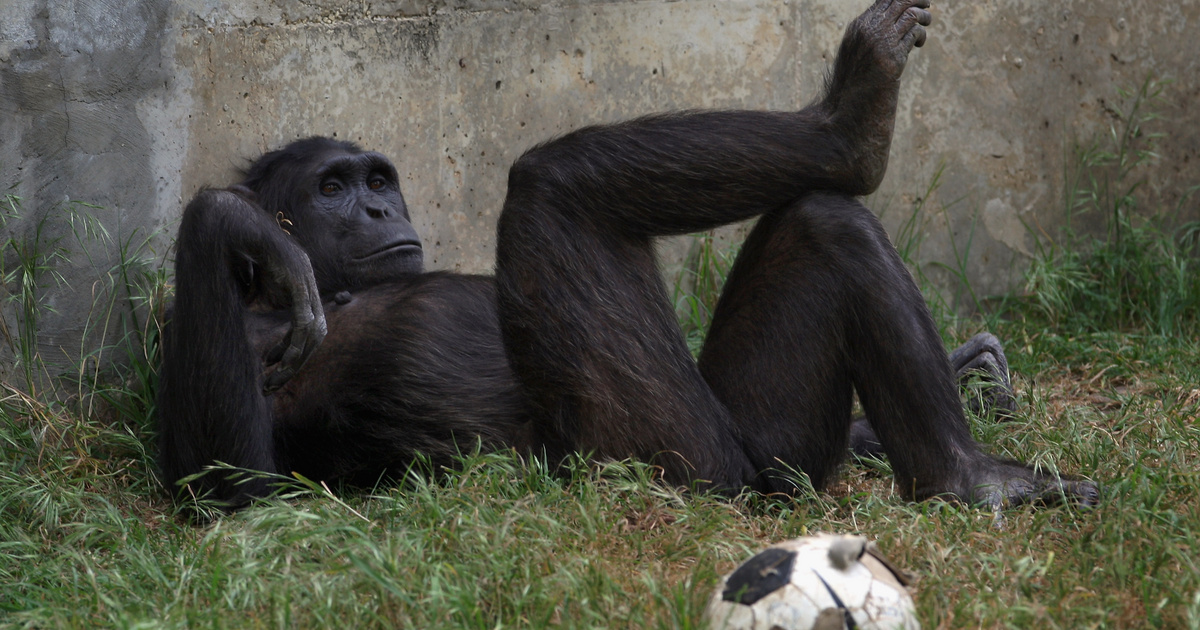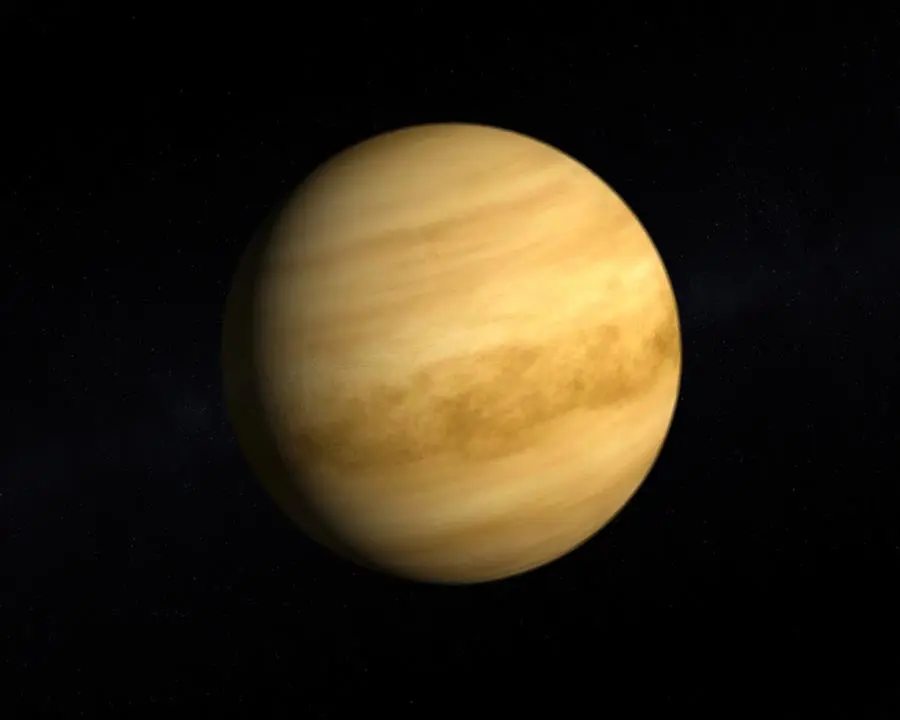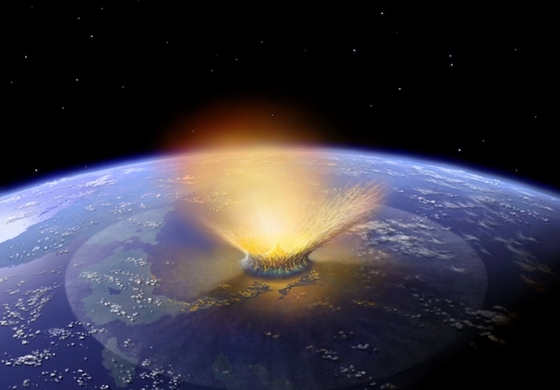[{“available”:true,”c_guid”:”32152d69-b206-4b1d-88ac-19f4ce20b3bb”,”c_author”:”hvg.hu”,”category”:”elet”,”description”:”A pilóták, az utaskísérők és a földi kiszolgálószemélyzet tagjai is maguk választhatják ki, hogy melyik egyenruhában érzik komfortosan magukat.”,”shortLead”:”A pilóták, az utaskísérők és a földi kiszolgálószemélyzet tagjai is maguk választhatják ki, hogy melyik egyenruhában…”,”id”:”20221003_Gendersemleges_egyenruha_Virgin_Atlantic”,”image”:”https://api.hvg.hu/Img/ffdb5e3a-e632-4abc-b367-3d9b3bb5573b/32152d69-b206-4b1d-88ac-19f4ce20b3bb.jpg”,”index”:0,”item”:”e89ed533-4ac8-4ce8-89fd-ec36ea819a5a”,”keywords”:null,”link”:”/elet/20221003_Gendersemleges_egyenruha_Virgin_Atlantic”,”timestamp”:”2022. október. 03. 11:10″,”title”:”Gendersemleges egyenruhákat viselhetnek a Virgin Atlantic dolgozói”,”trackingCode”:”RELATED”,”c_isbrandchannel”:false,”c_isbrandcontent”:false,”c_isbrandstory”:false,”c_isbrandcontentorbrandstory”:false,”c_isbranded”:false,”c_ishvg360article”:false,”c_partnername”:null,”c_partnerlogo”:”00000000-0000-0000-0000-000000000000″,”c_partnertag”:null},{“available”:true,”c_guid”:”09ea97d9-98d7-4b3d-9262-63cbbb1e6872″,”c_author”:”hvg.hu”,”category”:”tudomany”,”description”:”A kávénak sokféle pozitív hatása lehet, és ugyanezt erősítik meg ausztrál kutatók is egy új tanulmányban. Állítólag még a koffeinmentes változat is képes jót tenni a szervezetnek.”,”shortLead”:”A kávénak sokféle pozitív hatása lehet, és ugyanezt erősítik meg ausztrál kutatók is egy új tanulmányban. Állítólag még…”,”id”:”20221003_koffein_koffeinmentes_kave_kavefogyasztas_hatasa_hosszu_elet”,”image”:”https://api.hvg.hu/Img/ffdb5e3a-e632-4abc-b367-3d9b3bb5573b/09ea97d9-98d7-4b3d-9262-63cbbb1e6872.jpg”,”index”:0,”item”:”b69235c6-2e11-4bb6-8477-c970a42d8935″,”keywords”:null,”link”:”/tudomany/20221003_koffein_koffeinmentes_kave_kavefogyasztas_hatasa_hosszu_elet”,”timestamp”:”2022. október. 03. 08:03″,”title”:”Napi 2–3 csésze kávénak egészen meglepő hatása lehet, az sem baj, ha koffeinmentes”,”trackingCode”:”RELATED”,”c_isbrandchannel”:false,”c_isbrandcontent”:false,”c_isbrandstory”:false,”c_isbrandcontentorbrandstory”:false,”c_isbranded”:false,”c_ishvg360article”:false,”c_partnername”:null,”c_partnerlogo”:”00000000-0000-0000-0000-000000000000″,”c_partnertag”:null},{“available”:true,”c_guid”:”bc91916a-1985-4476-a275-f9f4a6e339ce”,”c_author”:”hvg.hu”,”category”:”itthon”,”description”:”Törley Katalin és Palya Tamás is azon pedagógusok közé tartozik, akiket pénteken elbocsátottak a budapesti Kölcsey Ferenc Gimnáziumból, mert korábban polgári engedetlenségi akciókban vettek részt.”,”shortLead”:”Törley Katalin és Palya Tamás is azon pedagógusok közé tartozik, akiket pénteken elbocsátottak a budapesti Kölcsey…”,”id”:”20221001_Ez_volt_az_eletem__mondja_a_kirugott_pedagogus”,”image”:”https://api.hvg.hu/Img/ffdb5e3a-e632-4abc-b367-3d9b3bb5573b/bc91916a-1985-4476-a275-f9f4a6e339ce.jpg”,”index”:0,”item”:”6afaaf96-85b8-48bd-abb6-1498e548c94e”,”keywords”:null,”link”:”/itthon/20221001_Ez_volt_az_eletem__mondja_a_kirugott_pedagogus”,”timestamp”:”2022. október. 01. 20:57″,”title”:”Bírósághoz fordulnak a kirúgott kölcseys pedagógusok”,”trackingCode”:”RELATED”,”c_isbrandchannel”:false,”c_isbrandcontent”:false,”c_isbrandstory”:false,”c_isbrandcontentorbrandstory”:false,”c_isbranded”:false,”c_ishvg360article”:false,”c_partnername”:null,”c_partnerlogo”:”00000000-0000-0000-0000-000000000000″,”c_partnertag”:null},{“available”:true,”c_guid”:”f7570ab5-108c-40ed-ac99-90376334a52a”,”c_author”:”hvg.hu”,”category”:”cegauto”,”description”:”A rendőrök éppen azt ellenőrizték, hogyan közelítik meg az autósok a 47-es főút egyik vasúti kereszteződését, amikor megérkezett az Opel Astra.”,”shortLead”:”A rendőrök éppen azt ellenőrizték, hogyan közelítik meg az autósok a 47-es főút egyik vasúti kereszteződését, amikor…”,”id”:”20221002_Opel_Astra_vasuti_keresztezodes_rendorseg_video”,”image”:”https://api.hvg.hu/Img/ffdb5e3a-e632-4abc-b367-3d9b3bb5573b/f7570ab5-108c-40ed-ac99-90376334a52a.jpg”,”index”:0,”item”:”847ac9b4-5218-4872-818f-28bfbcdd42c1″,”keywords”:null,”link”:”/cegauto/20221002_Opel_Astra_vasuti_keresztezodes_rendorseg_video”,”timestamp”:”2022. október. 02. 15:29″,”title”:”A rendőrök szeme láttára száguldott át a piroson egy sofőr egy vasúti kereszteződésnél (videóval)”,”trackingCode”:”RELATED”,”c_isbrandchannel”:false,”c_isbrandcontent”:false,”c_isbrandstory”:false,”c_isbrandcontentorbrandstory”:false,”c_isbranded”:false,”c_ishvg360article”:false,”c_partnername”:null,”c_partnerlogo”:”00000000-0000-0000-0000-000000000000″,”c_partnertag”:null},{“available”:true,”c_guid”:”aad78e42-a8c5-457f-957b-b7d2fb548538″,”c_author”:”hvg.hu”,”category”:”tudomany”,”description”:”Az iPadOS 16-tal érkezett egy igen érdekes és hasznos funkció, a Stage Manager. Kár, hogy kissé válogatós a kompatibilis iPadek tekintetében. Az Apple ezúttal jószívű volt, és hozott egy kis könnyítést.”,”shortLead”:”Az iPadOS 16-tal érkezett egy igen érdekes és hasznos funkció, a Stage Manager. Kár, hogy kissé válogatós…”,”id”:”20221001_ipados16_stage_manager_funkcio_kiterjesztese_korabbi_ipad_modellek”,”image”:”https://api.hvg.hu/Img/ffdb5e3a-e632-4abc-b367-3d9b3bb5573b/aad78e42-a8c5-457f-957b-b7d2fb548538.jpg”,”index”:0,”item”:”edc71afe-8263-4553-a134-666bafb91be7″,”keywords”:null,”link”:”/tudomany/20221001_ipados16_stage_manager_funkcio_kiterjesztese_korabbi_ipad_modellek”,”timestamp”:”2022. október. 01. 16:03″,”title”:”Megkönyörült az Apple néhány régebbi iPad tulajdonosán”,”trackingCode”:”RELATED”,”c_isbrandchannel”:false,”c_isbrandcontent”:false,”c_isbrandstory”:false,”c_isbrandcontentorbrandstory”:false,”c_isbranded”:false,”c_ishvg360article”:false,”c_partnername”:null,”c_partnerlogo”:”00000000-0000-0000-0000-000000000000″,”c_partnertag”:null},{“available”:true,”c_guid”:”65d98d43-a6fa-41f5-a5c1-f650a00a00c5″,”c_author”:”hvg.hu”,”category”:”itthon”,”description”:”Sok vezetővel találkoztam, de kevés olyan kiemelkedőt láttam, mint az önök elnöke – hízelgett a kampányvideóban a magyar kormányfő.”,”shortLead”:”Sok vezetővel találkoztam, de kevés olyan kiemelkedőt láttam, mint az önök elnöke – hízelgett a kampányvideóban…”,”id”:”20221001_Bolsonaronak_kampanyol_Orban”,”image”:”https://api.hvg.hu/Img/ffdb5e3a-e632-4abc-b367-3d9b3bb5573b/65d98d43-a6fa-41f5-a5c1-f650a00a00c5.jpg”,”index”:0,”item”:”4dfc3357-cd24-42ac-b132-65e0d3687f84″,”keywords”:null,”link”:”/itthon/20221001_Bolsonaronak_kampanyol_Orban”,”timestamp”:”2022. október. 01. 20:24″,”title”:”Az újrainduló brazil elnök Bolsonarónak kampányol Orbán Viktor – videó”,”trackingCode”:”RELATED”,”c_isbrandchannel”:false,”c_isbrandcontent”:false,”c_isbrandstory”:false,”c_isbrandcontentorbrandstory”:false,”c_isbranded”:false,”c_ishvg360article”:false,”c_partnername”:null,”c_partnerlogo”:”00000000-0000-0000-0000-000000000000″,”c_partnertag”:null},{“available”:true,”c_guid”:”79cd886f-3546-49d4-9adf-5e538e28b088″,”c_author”:”Balogh Csaba”,”category”:”360″,”description”:”A kormányzat a lakosságot, az Anonymous hackercsoport a kormányzatot próbálja lekapcsolni az internetről a karhatalmi erőszakkal megtorolt tüntetésektől hangos Iránban. \r\n”,”shortLead”:”A kormányzat a lakosságot, az Anonymous hackercsoport a kormányzatot próbálja lekapcsolni az internetről a karhatalmi…”,”id”:”202239__internetzavaras_iranban__online_eroszak__elsotetulo_kamerak__perzsa_szornyek”,”image”:”https://api.hvg.hu/Img/ffdb5e3a-e632-4abc-b367-3d9b3bb5573b/79cd886f-3546-49d4-9adf-5e538e28b088.jpg”,”index”:0,”item”:”8507c215-bbc0-4007-9b25-a272a8fc2707″,”keywords”:null,”link”:”/360/202239__internetzavaras_iranban__online_eroszak__elsotetulo_kamerak__perzsa_szornyek”,”timestamp”:”2022. október. 02. 13:30″,”title”:”Amikor a rezsim legutóbb lekapcsolta az internetet Iránban, 1500 embert végeztek ki”,”trackingCode”:”RELATED”,”c_isbrandchannel”:false,”c_isbrandcontent”:false,”c_isbrandstory”:false,”c_isbrandcontentorbrandstory”:false,”c_isbranded”:false,”c_ishvg360article”:true,”c_partnername”:null,”c_partnerlogo”:”00000000-0000-0000-0000-000000000000″,”c_partnertag”:null},{“available”:true,”c_guid”:”ebdcbf8c-5f00-4f50-b8a0-cc7b85e5f6ba”,”c_author”:”Bihari Ádám”,”category”:”elet”,”description”:”Megváltozott a világ és már az áldozatok rokonainak az érzelmei is számítanak, ha elkészül egy sorozatgyilkosokról szóló filmes produkció. Legalábbis utólag. Eltörlés-kultúra, fehér privilégium és homofóbia kérdései lengik körbe minden idők egyik leghíresebb sorozatgyilkosa, a milwaukee-i kannibál, Jeffrey Dahmer életéről készült új Netflix-sorozatot. “,”shortLead”:”Megváltozott a világ és már az áldozatok rokonainak az érzelmei is számítanak, ha elkészül egy sorozatgyilkosokról…”,”id”:”20221002_Jeffrey_Dahmer_sorozatgyilkos_netflix”,”image”:”https://api.hvg.hu/Img/ffdb5e3a-e632-4abc-b367-3d9b3bb5573b/ebdcbf8c-5f00-4f50-b8a0-cc7b85e5f6ba.jpg”,”index”:0,”item”:”e500cb00-ce95-43a0-9d42-3b31e0d17879″,”keywords”:null,”link”:”/elet/20221002_Jeffrey_Dahmer_sorozatgyilkos_netflix”,”timestamp”:”2022. október. 02. 20:00″,”title”:”A Dahmer-ügy: kellenek-e nekünk sorozatgyilkosokról készült filmek?”,”trackingCode”:”RELATED”,”c_isbrandchannel”:false,”c_isbrandcontent”:false,”c_isbrandstory”:false,”c_isbrandcontentorbrandstory”:false,”c_isbranded”:false,”c_ishvg360article”:false,”c_partnername”:null,”c_partnerlogo”:”00000000-0000-0000-0000-000000000000″,”c_partnertag”:null}]
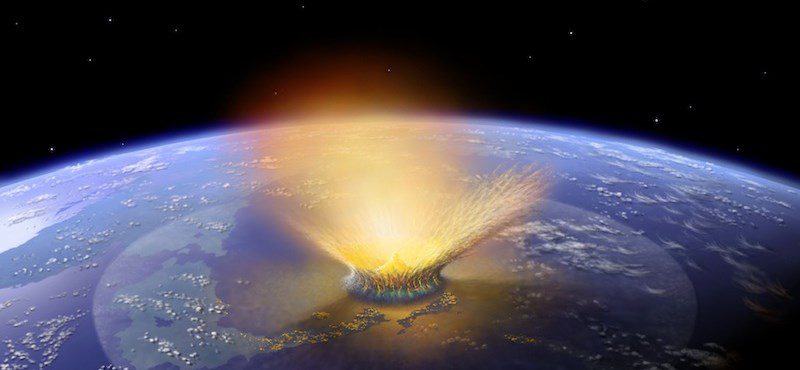

Order HVG’s weekly newspaper or digitally and read us anywhere, anytime!
That’s why we ask you, our readers, to support us! We promise to continue to give you the best we can!
We recommend it from the first page

HVG360
hvg360













